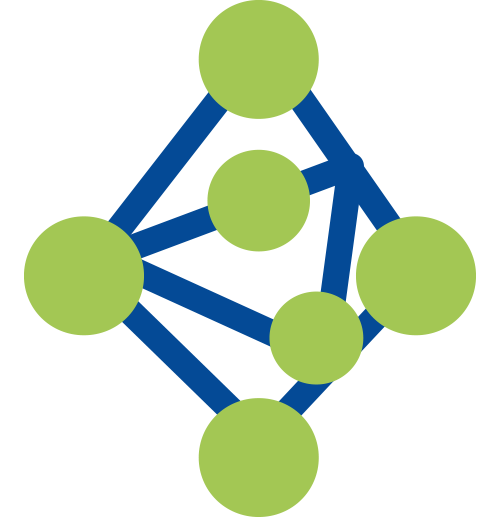2025. 07RNA Synthesis
Renal tubular GSDME protects cisplatin nephrotoxicity by impeding OGT-STAT3-S100A7A axis in male mice
Qingzhou Chen, Pengxiao Sun, Jiaxin Zhou, Tantan Long, An Xiao, Zhuoliang Liu, Shihui Xu, Wenjing Lei, Rui Zhang, Jianwei Tian, Miaomiao Zhou, Zheng Hu, Fengxin Zhu & Jing Nie
Full Text
ABSTRACT
Gasdermin E (GSDME) is known as a key executive protein of pro-inflammatory pyroptosis. However, the function diversity of GSDME needs further investigation. Here, we show that GSDME expression is downregulated in kidney tissues after cisplatin treatment without detectable N-terminal fragment. Global and tubule-specific Gsdme deficiency aggravates cisplatin-induced renal injury. Mechanistically, loss of GSDME in proximal tubular cells facilitates the recruitment of OGT to the CUL4B-DDB1-WDR26 E3 ubiquitin ligase complex, promoting OGT degradation and subsequently reducing STAT3 O-GlcNAcylation. This post-translational shift enhances STAT3 phosphorylation and induces upregulation of its downstream target gene, S100a7a. Elevated S100A7A promotes macrophage infiltration via RAGE activation, amplifying renal inflammation. Tubule-specific depleting S100a7a improves renal function and reduces renal injury and inflammation. These findings uncover a protective, non-pyroptotic function of GSDME in modulating O-GlcNAcylation and STAT3-S100A7A-RAGE signaling to maintain renal homeostasis under cisplatin stress in male mice.
 NGSHybridization Capture DNA Probe QuarStar Human All Exon Probes 4.0 (Tumor) QuarStar Human All Exon Probes 4.0 (Standard) QuarStar Liquid Pan-Cancer Panel 3.0 QuarStar Pan-Cancer Lite Panel 3.0 QuarStar Pan-Cancer Fusion Panel 1.0 QuarStar Pan Cancer Panel 1.0 Hybridization Capture RNA Probe QuarXeq Human All Exon Probes 3.0 HRD panel Library Preparation DNA Library Preparation Kit Fragmentation Reagent mRNA Capture Kit rRNA Depletion Kit QuarPro Superfast T4 DNA Ligase Hybridization Capture QuarHyb Super DNA Reagent Kit QuarHyb DNA Plus 2 Reagent Kit QuarHyb DNA Reagent Kit Plus QuarHyb One Reagent Kit QuarHyb Super Reagent Kit Pro Dynegene Adapter Family Dynegene Blocker Family Multiplex PCR QuarMultiple BRCA Amplicon QuarMultiple PCR Capture Kit 2.0 PathoSeq 450 Pathogen Library Corollary Reagent Streptavidin magnetic beads Equipment and Software The iQuars50 NGS Prep System
NGSHybridization Capture DNA Probe QuarStar Human All Exon Probes 4.0 (Tumor) QuarStar Human All Exon Probes 4.0 (Standard) QuarStar Liquid Pan-Cancer Panel 3.0 QuarStar Pan-Cancer Lite Panel 3.0 QuarStar Pan-Cancer Fusion Panel 1.0 QuarStar Pan Cancer Panel 1.0 Hybridization Capture RNA Probe QuarXeq Human All Exon Probes 3.0 HRD panel Library Preparation DNA Library Preparation Kit Fragmentation Reagent mRNA Capture Kit rRNA Depletion Kit QuarPro Superfast T4 DNA Ligase Hybridization Capture QuarHyb Super DNA Reagent Kit QuarHyb DNA Plus 2 Reagent Kit QuarHyb DNA Reagent Kit Plus QuarHyb One Reagent Kit QuarHyb Super Reagent Kit Pro Dynegene Adapter Family Dynegene Blocker Family Multiplex PCR QuarMultiple BRCA Amplicon QuarMultiple PCR Capture Kit 2.0 PathoSeq 450 Pathogen Library Corollary Reagent Streptavidin magnetic beads Equipment and Software The iQuars50 NGS Prep System Primers and Probes
Primers and Probes RNA SynthesissgRNA miRNA siRNA
RNA SynthesissgRNA miRNA siRNA



 Gene Synthesis
Gene Synthesis Oligo Pools
Oligo Pools CRISPR sgRNA Library
CRISPR sgRNA Library Antibody Library
Antibody Library Variant Library
Variant Library


 Tel: 400-017-9077
Tel: 400-017-9077 Address: Floor 2, Building 5, No. 248 Guanghua Road, Minhang District, Shanghai
Address: Floor 2, Building 5, No. 248 Guanghua Road, Minhang District, Shanghai Email:
Email: 







